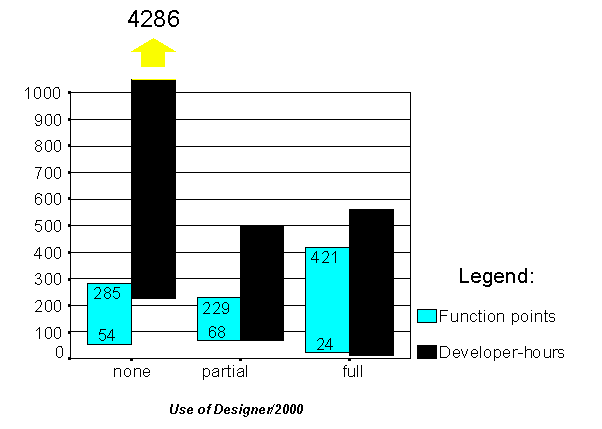Figure 1, below, illustrates the range of projects analysed. They cover a wide range of applications and effort: 24 to 421 Function Points and 12 to 4286 developer-hours.
The left side shows function points and effort (in person-hours) on projects using with Developer/2000 only. This is the classic 4GL-approach for a database-project with neither repository nor upperCASE tools. The right side is shows the equivalent figures for project using the full integrated Designer/2000 & Developer/2000. In the middle column the figures represent projects which used Designer/2000 only for data design and generation.
The figures of this picture show a range between simple additional reports and very complex enhancements. By way of comparison, in a COBOL-environment 421 Function Points might demand something of the order more than 6000 hours of developmentb.

Figure 1
Project size and development effort
Figure 2, below, represents the productivity achieved.
The metric is hours per function point (h/FP) - the mean
time it takes a developer to deliver software with the
functionality of one function point. The range of the
projects is indicated by the bracket. The chart again
distinguishes the three categories for the use of
Designer/2000 (none, partial and full) and the number of
project studied in each class is indicated.

Figure 2 Productivity in Hours per Function Point
Using Developer/2000 alone, productivity is on average 4 h/FP. Full use of the integrated Designer & Developer environment requires less than 1 h/FP. As one might expect, the productivity realised by using Designer/2000 only for data modelling and generation lies somewhere in between these extremes.
The conclusion to be drawn from these numbers is that a Developer/2000 shop can quadruple its productivity by fully exploiting Designer/2000. As discussed above, developers probably spend more than half their time of on just such projects.
This work is based on the standards of IFPUG. Other studies using function points have been published. Table 1, below, combines results from this study and others.
| Programming Environment | h/FP | Size of Projects (FP) | Source |
| Assembler, FORTRAN | >30 | not specified | b |
| COBOL85, PL/1 | 15-30 | not specified | b |
| C++ | 7-15 | not specified | b |
| General 4GL | 5-10 | not specified | b |
| All Projects | 15-25 | <500 | c |
| Maintenance Projects | 8-25 | <160 | d |
| Oracle 4GL (Developer/2000) | 2-6 | up to 285 | e |
| Integrated Oracle Environment | £ 1 | up to 421 | e |
Table 1 Comparison of FPA Studies
Productivity is again measured in h/FP, where required for conversion a person/month is assumed to be 150 hours.
The first five entries in Table 1 make no distinction between new applications and maintenance. The sixth entry refers to a specific study of maintenance projects which hence provide an independent data point with which to compare. The comparison is very favourable to the Designer/Developer environment.